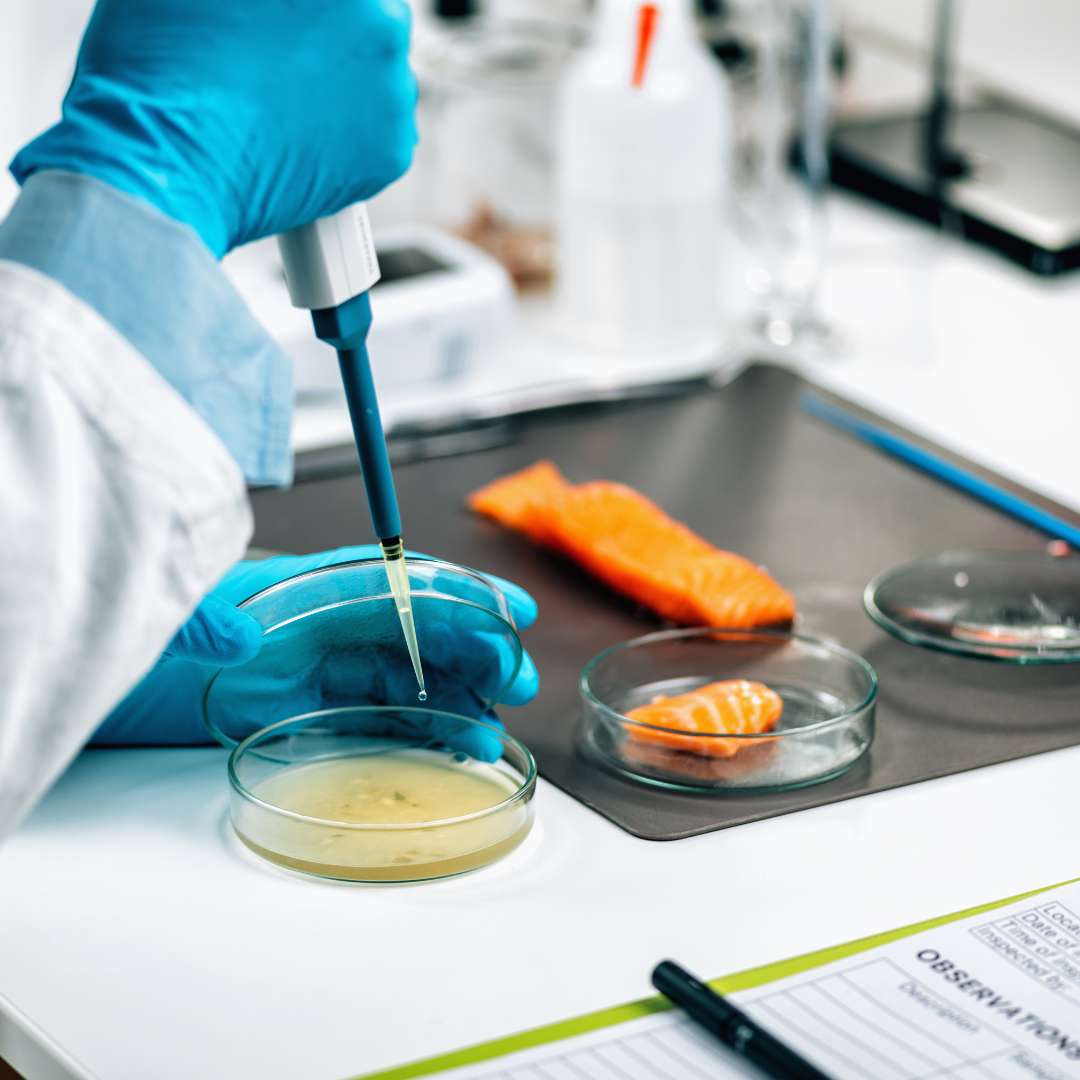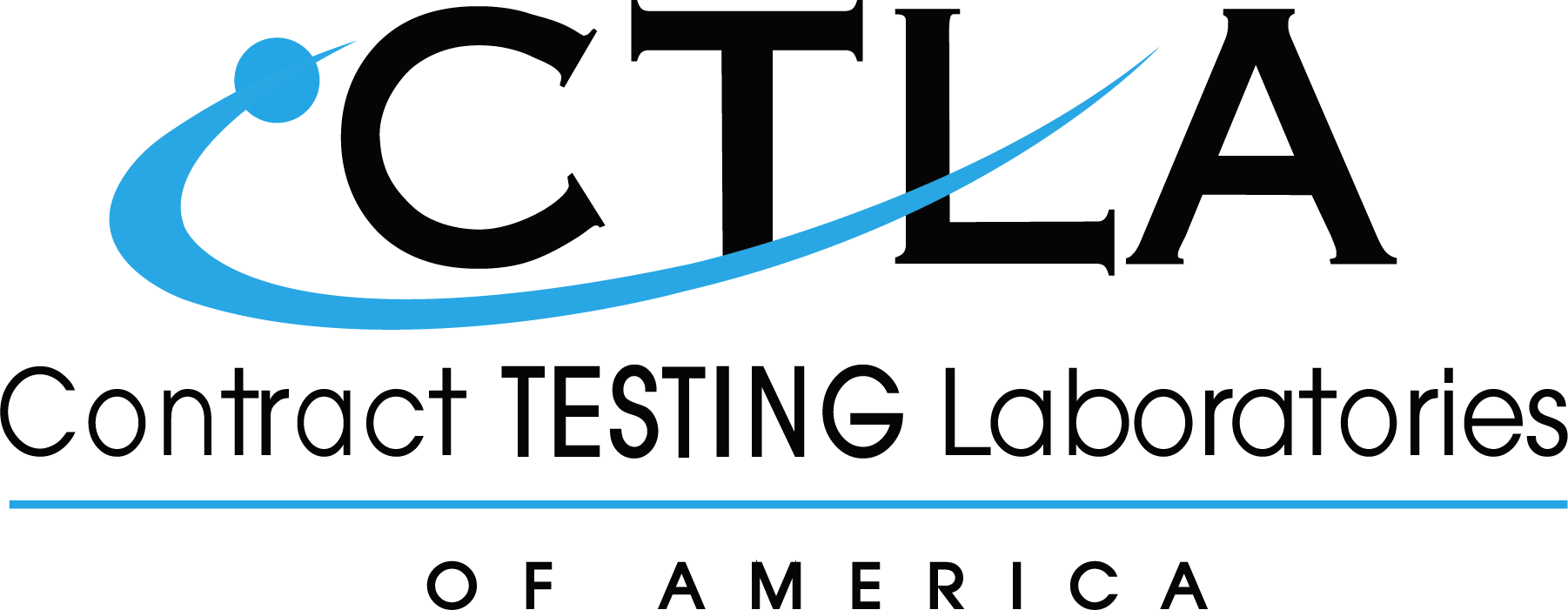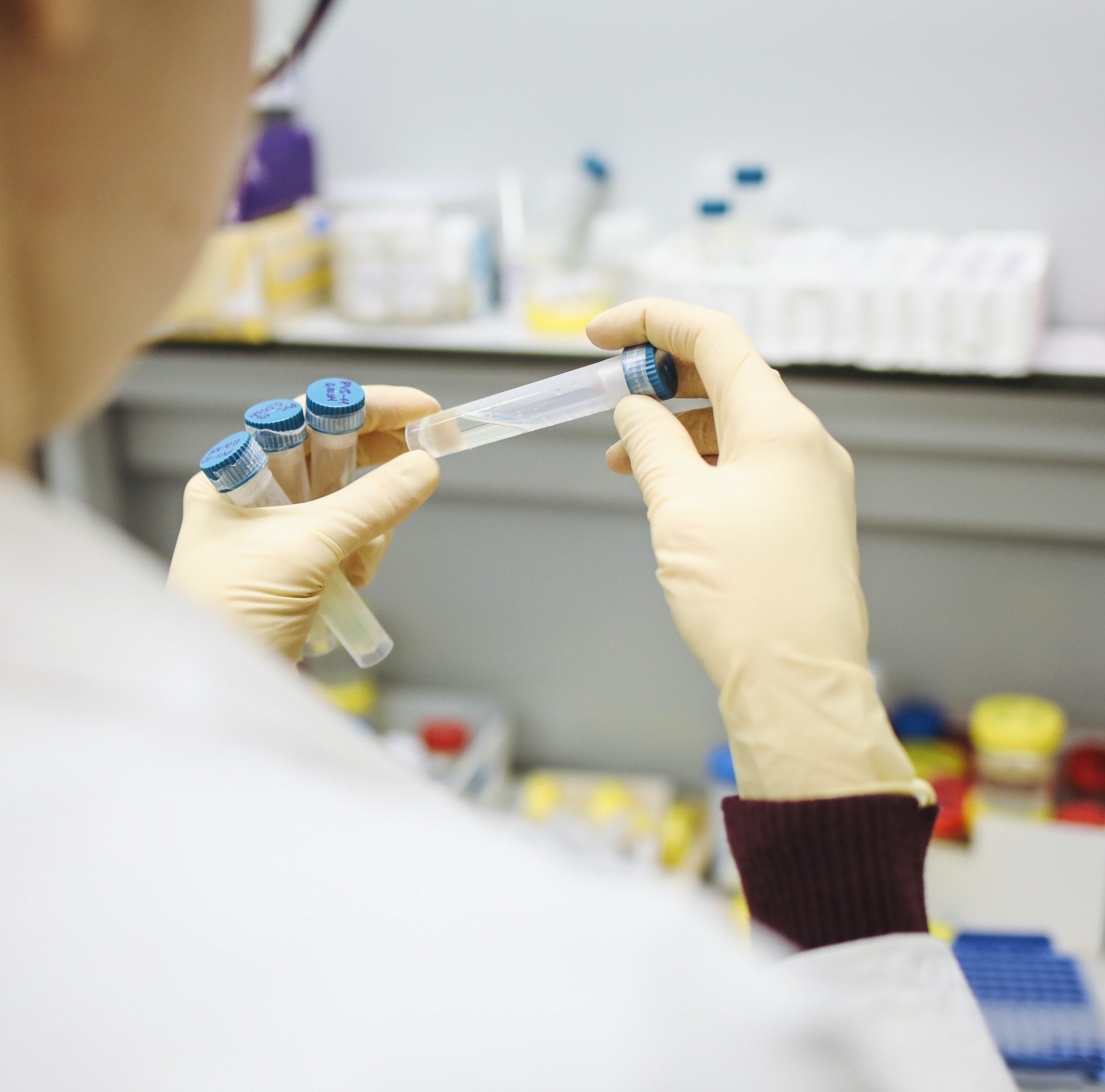
Food Laboratory Testing Services
Food is awesome. The right nutrition fuels our bodies and brains to operate at optimal levels. What is and is not in our food keeps us healthy and active.
For public safety and educated consumer consumption, the Food and Drug Administration (FDA) regulates the food industry. An ISO/IEC 17025:2017 accredited food testing laboratory uses standardized methods for food safety evaluations and nutritional panel testing.

The information age combined with growing disposable income has consumers seeking and demanding sustainably sourced high-quality foods. For food producers and marketers, a product with third-party certification offers consumers verification that the product is what the label says it is.
How can you be sure your food product meets all applicable regulations and the demands of increasingly educated consumers? Unaffiliated, third-party analytical laboratory testing is the answer.
What do Food Labs Test For?
Food testing covers all aspects of food safety, content, stability, and quality. Testing can help rule out contamination from harmful microorganisms and heavy metals. Testing provides FDA-mandated nutritional information including possible allergens. And testing establishes the product’s stability and shelf-life.
Consumer Safety
Food must be safe for consumption. Laboratory testing can quickly identify safety issues.
- Microbiological Testing: Pathogens are harmful microbes like salmonella, E. coli, listeria, staph, yeasts, and molds that cause disease or illness. Blanket microbiology testing includes non-specific testing like TPC (total plate count) to identify overall microorganism levels. If TPC levels indicate it or for specific concerns, individual microorganism testing further identifies pathogens.
Microbiological testing meets FDA regulations and improves your business by decreasing costly recalls and improving consumer trust.
- Trace Heavy Metal Analysis: Heavy metals are toxic in low concentrations. California’s Prop 65 sets the most stringent trace content and notification requirements for the heavy metals arsenic, cadmium, lead, and mercury. Requirements are set for these heavy metals because plants absorb them. Prop 65’s requirements apply to any food product or dietary supplement that can be acquired in the state of California either by purchase in-store or online.
ICP (Inductively Coupled Plasma) Spectrometry testing detects heavy metals at extremely low concentrations. Conducting heavy metal analysis ensures your food product meets regulations and improves consumer confidence and loyalty.
- Allergens: The Asthma and Allergy Foundation of America estimates 10.8% of US adults and 7.6% of US children have a food allergy. Besides being uncomfortable, food allergies can be life-threatening. The FDA requires specific labeling for identified major food allergens.
Cross-contamination during product handling can cause issues. Using rapid allergen tests in-house is popular, but they can be subjective and present false negatives or false positives. Laboratory allergen testing assures results and identifies possible allergen contamination during manufacturing. Protect consumers and your bottom line with laboratory allergen analysis.
Nutritional Labeling
The FDA requires most foods to display a nutrition facts label, including supplement fact labeling. This label helps consumers make informed food choices. Analytical chemical testing identifies and quantifies nutritional components, including fats, proteins, carbohydrates, sugars, vitamins, and minerals.

A myriad of analytical chemical testing procedures can meet nutritional labeling requirements. Depending on the product there may be standard testing requirements. ICP (inductively coupled plasma), HPLC (high-performance liquid chromatography), UV-Vis (ultraviolet-visible spectrometry), etc. are some of the most viable analytical testing methods available.
Shelf Stability
The length of time a product maintains its quality is a concern to both product owners and consumers. “Best use by”, “sell by,” and “expires on” dates help consumers make purchasing decisions. They also help manufacturers and producers optimize production to conserve resources and funds.
- Water Activity: In certain conditions, the unbonded or free water contained in a product can support the growth of microorganisms. Water activity (aw) testing identifies the product's potential for future safety issues and possible steps to reduce aw levels to extend the product’s shelf-life.
- Shelf-life: Long-term storage quality is evaluated by conducting physical, chemical, and microbiological testing in real-time or in accelerated testing methods in set conditions. Stability testing determines “best use by,” “use before,” or “expiration” dates.
What is the difference between Food Quality and Food Safety?
Food safety refers to something in the food (microorganisms, toxins, or allergens) that could make someone ill if ingested. Food quality is based on a person’s philosophies, preferences, and expectations.
Sustainability
The general populace is becoming increasingly aware of and desires foods that meet quality standards. A FATitudes™ global survey conducted by Cargill found 55% of consumers are more likely to purchase a product with a sustainability claim. Organic, Non-GMO, Halal, Kosher, etc. are desirable marketing claims.
For organic claims, analytical testing, including a multi-residue screening test using GC (gas chromatography), rules out possible pesticide contamination. Polymerase chain reaction (PCR) testing can determine if materials contain genetically modified organisms (GMOs).
Palatability
Consumers also want something that has the taste and texture they expect. Testing for moisture content and viscosity helps keep your food product within established food quality parameters batch after batch.

Where can I send food samples to be tested?
Contract Testing Laboratories of America (CTLA) is an ISO/IEC 17025:2017 accredited laboratory offering a full array of analytical chemical, biological, and microbiological testing for foods, dietary supplements, personal care items, and pet products. At CTLA, customer service, communication, and attention put our lab a step ahead. We work with clients to determine the best testing practices at the most efficient prices.
Time is of the essence when getting your product to market. For companies operating in the Wasatch Front, CTLA offers courier services. CTLA also works with numerous delivery services to meet your needs. We offer rush testing, quick turnaround times, and electronic certificate of analysis.
Find out how easy it is to validate your product by contacting CTLA today.

The content of CTLA’s website is for information only, not advice or guarantee of outcome. Information is gathered and shared from reputable sources; however, CTLA is not responsible for errors or omissions in reporting or explanation. CTLA gives no assurance or warranty regarding the accuracy, timeliness or applicability of the content.
Sources:
“Allergy Facts.” Asthma and Allergy Foundation of America. 2022. https://aafa.org/allergies/allergy-facts/
“Food Labeling and Nutrition.” FDA. 2022. https://www.fda.gov/food/food-labeling-nutrition
“Confused by Date Labels on Packaged Foods?” FDA 2019. https://www.fda.gov/consumers/consumer-updates/confused-date-labels-packaged-foods
“Research Finds More Consumers Weighing Sustainability Claims on Packaged Food Choices.” Cargill. 2022. https://www.cargill.com/2022/research-finds-more-consumers-weighing-sustainability-claims







